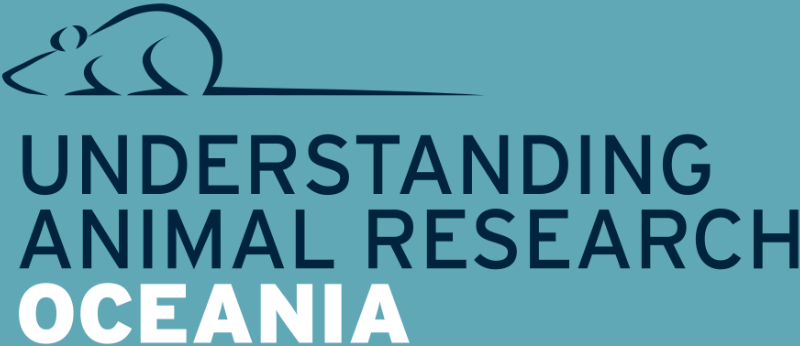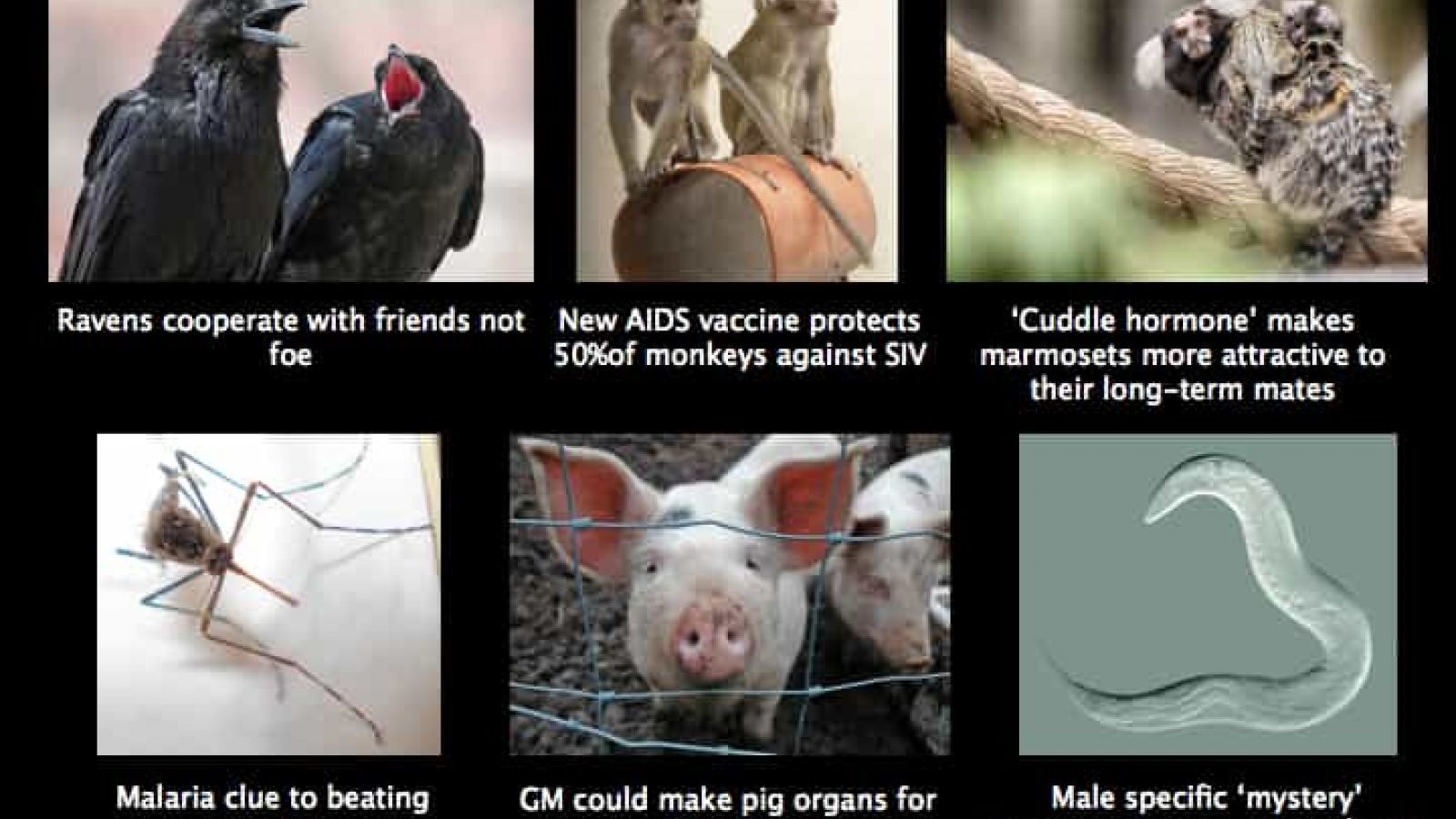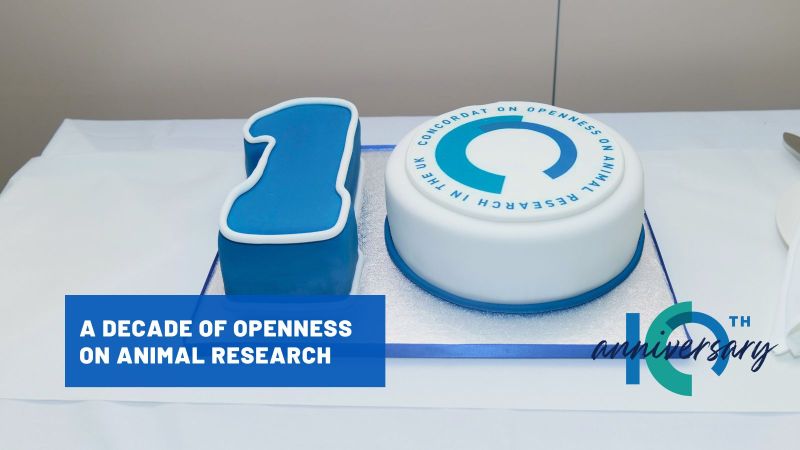
13/10/15
GM could make pig organs for humans
CRISPR, a new gene editing method has been used to manipulate pig DNA, making it a better match to human DNA in hopes of engineering safer pig organs for human transplants. The pig genome has 62 copies of porcine endogenous retroviruses which researchers were able to eliminate in pig embryos in the lab using CRISPR. The modified pig cells were unable to pass the retrovirus on to human cells and with more research it is hoped that modified animal organs will one day be used for human transplants.
Professor George Church, geneticist at Harvard University said,
"It was kind of cool from two stand points. One is it set a record for Crispr or for any genetic modification of an animal, and it took away what was considered the most perplexing problem to be solved in the xenotransplantation field. With immune tolerance, that completely changes the landscape as well. These two things, immune tolerance and now getting rid of all the retroviruses, means we have a clear path."
http://www.bbc.co.uk/news/health-34506572
http://news.sciencemag.org/biology/2015/10/gene-editing-method-revives-hopes-transplanting-pig-organs-people
Malaria clue to beating cancer
Researchers at the University of Copenhagen have identified a specific protein in a malarial parasite that has the ability to latch onto cells found in 90% of tumour types. The protein was isolated and combined with the diphtheria toxin, whereupon it was used to treat genetically engineered mice that had three types of human tumour; prostate cancer, non-Hodgkin’s lymphoma and a breast cancer that had spread into their bones, subsequently causing the tumours to dramatically shrink. This promising research could pave the way to a broad spectrum cancer therapy, with clinical trials staring within five years.
Pascal Meier, of the Institute of Cancer Research, said that if the results could be repeated then the study would be an important breakthrough. “It’s a very exciting prospect,” he said. “This is a big issue and if it’s true, it’s amazing.
“The key thing here is, how generically is it true? How many human tumour samples have this marker present? And then on top of that, because in cancer much of the disease is a stem cell disease, it depends on whether it also affects cancer stem cells.”
http://www.thetimes.co.uk/tto/science/article4584235.ece
http://www.cell.com/cancer-cell/abstract/S1535-6108(15)00334-7
AIDS pioneer brings AIDS vaccine to clinic
A new AIDS vaccine trial will commence in the USA, developed over 15 years by Robert Gallo, the scientist who discovered the link between HIV and AIDS in 1984. A phase 1 clinical trial is being conducted in 60 volunteers and will test the safety and immune responses of the vaccine, therefore it will take a while before we know if it is more effect than the other 100+ AIDS vaccines that have been trialled over the past 30 years but so far extensive testing in monkeys has proven successful.
http://news.sciencemag.org/health/2015/10/aids-pioneer-finally-brings-aids-vaccine-clinic
15/10/15
Ravens cooperate with friends not foes
The brains of birds are smaller and far less convoluted than our own but they are – corvids in particular – capable of remarkable feats of intelligence. Crows can contemplate death and make and use tools that are sometimes better than the ones monkeys make. Researchers have now shown a new cognitive ability of these birds. They show that Raven spontaneously cooperate and coordinate their actions to solve problems, but prefer to do so with some individuals over others that have been seen cheating. Ravens have a natural propensity to cooperate with each other and could therefore serve as an interesting model for studying the evolution of cooperation.
http://www.theguardian.com/science/neurophilosophy/2015/oct/14/ravens-cooperate-with-friends-not-foes
New male specific ‘mystery’ neurons program to seek out sex over food
Scientists have discovered two extra neurons in the C. elegans nematode worm – thought to have had its entire nervous system mapped. These worms are the model animal of choice for many neuroscientists as their neural circuits are so simple that they can be mapped in full. These new neurons come as a surprise and are only found in male worms. They help males learn when to prioritize mating over eating. These cells give us a glimpse of how a seemingly simple brain can be capable of a complex learned behaviour. The scientists wish to understand next how these neurons contribute to circuits governing learning, and how they feed into sex differences in the brain.
http://www.nature.com/news/surprise-mystery-neurons-found-in-male-worms-1.18558
http://www.telegraph.co.uk/news/science/science-news/11931886/Male-brain-is-programmed-to-seek-out-sex-over-food.html
‘Cuddle hormone’ makes marmosets more attractive to their long-term mates
A quick boost of oxytocin – also known as the ‘cuddle hormone’ or ‘love hormone’ – could help long-term relationships. Oxytocin is released naturally in the blood and brains of humans and other mammals during social and sexual behaviours. Previous research has shown that it enhances sociability through increased cooperation, altruism and communication. Researchers have now showed that marmosets that received oxytocin nose-drops attracted more social interaction from their long-term mates. The scientists observed gender differences - males that received oxytocin attracted more physical proximity from their female partners, while females treated with oxytocin attracted more grooming from their male partners.
http://www.dailymail.co.uk/sciencetech/article-3273115/Does-cuddle-hormone-hold-secret-happy-marriage-Researchers-boost-Oxytocin-makes-marmosets-attractive-long-term-mates.html
Last edited: 28 July 2022 08:46




